Exploring the shadows and delving into the morally ambiguous, the bg3 evil playthrough offers players a unique opportunity to engage with Baldur's Gate 3 from a perspective often not explored. Embracing the darkness in this iconic role-playing game opens up a myriad of narrative paths, challenges, and complex character interactions that differ significantly from the hero's journey. Opting for the path less trodden in such a richly detailed world provides a fresh and intriguing angle on the game's lore and mechanics, making the bg3 evil playthrough not just an alternative choice but a whole new experience in itself.
This article will guide players on how to navigate the treacherous waters of an evil playthrough in Baldur's Gate 3, offering insights into choosing the most suitable path, engaging in the dark urge questline, and overcoming the unique challenges this choice brings. Additionally, it will delve into the dynamics of companions and relationships, highlighting the bg3 best companions for evil playthrough, and provide a comprehensive bg3 evil playthrough guide to aid players in their quest to embrace the darkness fully. Whether you are looking to experiment with the game's moral boundaries or seeking a complete departure from the traditional hero's narrative, this guide offers all the essential tips and strategies to master the dark side of Baldur's Gate 3.
Choosing Your Evil Path
When embarking on an evil playthrough in Baldur's Gate 3, players have the unique opportunity to explore the darker side of their characters. This section provides insights into character creation, aligning with malevolent deities, and making pivotal decisions that define the evil path.
Character Creation
In the initial stages of Baldur's Gate 3, players can craft characters that inherently lean towards malevolence. Choosing classes like Rogues or Warlocks can complement an evil playthrough, as these classes offer abilities that align well with deceitful and destructive behaviors. For instance, a Rogue's stealth and backstabbing skills are perfect for a character who thrives in shadows and treachery.
Aligning with Evil Deities
Aligning with dark deities is a crucial aspect of reinforcing an evil character's path. Deities such as Bane, the god of tyranny and hate, or Lolth, the goddess of deceit and chaos, provide powerful backstories and motivations for evil characters. Worshiping these deities can unlock unique quests and powers that encourage further darkness and chaos, enhancing the role-playing experience.
Important Choices and Turning Points
Throughout the game, players will encounter numerous decisions that can significantly influence their journey. Early choices, like deciding the fate of innocents or aligning with corrupt powers, set the tone for the character's path. For example, siding with the goblins to attack peaceful communities or making a pact with the deceitful witch Auntie Ethel can lead to a deeper immersion into the evil narrative. These choices not only affect the storyline but also alter the player's interactions with other characters and the world around them.
By carefully crafting their character, aligning with sinister forces, and making morally dubious decisions, players can fully engage with the evil playthrough, offering a stark contrast to the typical heroic journey in Baldur's Gate 3. This path provides a fresh perspective on the game's rich narrative and complex moral landscape.
The Dark Urge Questline
Key Events
The Dark Urge questline in "Baldur's Gate 3" introduces players to a series of grim and morally complex events that test their resolve and cunning. One pivotal moment occurs early in Act One, where players encounter Alfira the tiefling or Quil the dragonborn. Decisions made here can lead to saving Alfira from death or sacrificing her to save Quil. As the questline progresses, players face choices like aiding or betraying companions, such as deciding Gale's fate by choosing to sever his hand, which impacts the dynamics within the group.
Strategies for Success
Navigating the Dark Urge questline requires a blend of strategic decision-making and emotional resilience. Players should focus on aligning with characters that support their dark path, such as romancing Minthara, the drow paladin, and potentially embracing the chance to eliminate her to solidify their evil alignment. Engaging with characters like Sceleritas Fel, who offers critical missions, is essential. Successfully managing these relationships and making choices that enhance the Dark Urge's influence are key to progressing the storyline effectively.
Notable Outcomes
The outcomes of the Dark Urge questline vary significantly based on the player's choices. Engaging in acts like killing Isobel in Act Two can lead to gaining the Slayer Form, a transformation that enhances combat abilities but may alienate companions. The questline culminates in dramatic confrontations, such as the battle against Orin in Act Three, where players must decide between embracing their destiny as a Bhaalspawn or rejecting it. Each decision not only affects the immediate situation but also has long-term consequences for the player's journey and the broader narrative of "Baldur's Gate 3."
Challenges of an Evil Playthrough
Embarking on an evil playthrough in "Baldur's Gate 3" presents unique challenges that test a player's strategic decision-making and moral compass. This section explores the intricacies of combat difficulties, resource scarcity, and the profound moral and ethical dilemmas faced by players who choose the path of darkness.
Combat Difficulties
Players often find that choosing an evil alignment impacts their combat strategies and available resources. Actions such as slaughtering the Druid Grove or betraying the Harpers lead to isolation from potential allies, making large-scale battles significantly tougher. The absence of support from key groups forces players to rely heavily on personal skill and strategic planning, especially in complex encounters like those in Moonrise Towers. The challenge intensifies in scenarios where players must navigate combat without the aid of characters who might have been allies in a less nefarious playthrough.
Resource Scarcity
Choosing the path of evil often leads to resource scarcity, as players find themselves cut off from key supplies and support. The decision to eliminate potential allies like the tieflings can deprive players of valuable items and assistance. For instance, killing key characters such as Mattis, who offers the Cloak of Cunning Brume, results in missing out on powerful artifacts that could provide tactical advantages in battles. This scarcity forces players to be more judicious with their resource management, often requiring them to adopt unconventional strategies to overcome obstacles.
Moral and Ethical Dilemmas
The most profound challenge in an evil playthrough is navigating the moral and ethical dilemmas that arise. Players must continuously weigh the enjoyment of exploring dark narratives against the discomfort of making morally reprehensible decisions. The emotional impact of actions like betraying or harming characters who trust the player adds a layer of psychological complexity. Discussions within the gaming community reveal a spectrum of reactions, from those who differentiate their real selves from their characters to others who experience genuine distress over their in-game choices. This introspection and emotional turmoil highlight the deep engagement and moral considerations unique to the evil path in "Baldur's Gate 3."
These challenges not only make the evil playthrough a uniquely demanding experience but also enrich the game's narrative by forcing players to confront the consequences of their choices, both strategically and morally.
Companions and Relationships
In "Baldur's Gate 3," companions play a pivotal role, especially in an evil playthrough. Players must carefully consider which allies to recruit and how their actions influence these relationships.
Acquiring Evil-Aligned Companions
Certain characters like Halsin and Minthara offer expanded roles based on the player’s moral choices. For instance, Minthara can be a key ally for evil players, reflecting her pragmatic approach to dark alignments. However, aligning with evil can also lead to significant consequences, such as Halsin’s death if not rescued from the Goblin Camp in Act 1.
Navigating Betrayal and Loyalty
The dynamics within the party are heavily influenced by the player's actions. Astarion, for example, can ascend to a Vampire Lord, becoming more self-centered and powerful if the player encourages him to sacrifice his kin. Similarly, Shadowheart's allegiance to the dark goddess Shar intensifies if she is pushed towards evil, affecting her relationships within the party. Conversely, characters like Wyll and Karlach will abandon the group if the player attacks the Emerald Grove, highlighting the importance of choices in shaping alliances and enmities.
Impact on Gameplay and Story
The relationships with companions not only affect the narrative but also gameplay mechanics. For instance, Astarion's transformation into a Vampire Ascendant alters his abilities and role in combat. Similarly, choices that lead to characters like Karlach leaving or betraying the party can significantly alter the strategic composition of the group, impacting both combat tactics and story progression. The player's decisions can forge a path filled with loyalty or betrayal, each with lasting consequences on the unfolding story and the challenges faced.
These elements showcase how companions and relationships are integral to the gameplay experience in "Baldur's Gate 3," particularly when navigating the complexities of an evil playthrough.
Conclusion
Embarking on an evil playthrough in Baldur's Gate 3 allows players to explore a richly woven tapestry of dark themes and moral complexities, challenging them to navigate a path fraught with decisions that ripple through the game's world and its inhabitants. Through the careful crafting of a character aligned with darkness, strategic alliances with morally ambiguous companions, and navigating the intricate web of choices and consequences, players are offered a fresh lens through which to experience the narrative brilliance of Baldur's Gate 3. This playthrough not only tests the player's resolve and ethical boundaries but also deepens the engagement with the game's multifaceted storyline and its characters.
The journey through the shadows reveals the nuanced layers of storytelling and character development that define Baldur's Gate 3, encouraging players to consider the implications of their actions in a world where the line between good and evil blurs. Exploring the consequences of one's choices, from the alliances formed with companions to the outcomes of pivotal plot decisions, casts a long shadow over the game's narrative, inviting players to reflect on the deeper significance of their moral compass in shaping the world around them. As adventurers delve deeper into the darkness, they uncover not only the depth of their characters' ambitions and desires but also the broader narrative possibilities that lie within the realm of evil.
FAQs
1. Is choosing an evil path in Baldur's Gate 3 rewarding?
Choosing an evil path in Baldur's Gate 3 offers a unique gameplay experience, but whether it's rewarding depends on your personal preferences. If you're okay with potentially missing out on certain characters and items, then it might be worth exploring. However, if these elements are crucial to your enjoyment, you might find it less satisfying.
2. Will I face consequences for playing as an evil character in BG3?
Yes, playing as an evil character in BG3 can result in missing out on numerous quests and storylines. The game encourages diverse play styles, but playing in a purely evil way can feel like being penalized, as it limits some of the game's content. BG3 is designed for multiple playthroughs, each offering different perspectives and outcomes.
3. Is it advisable to yield to the Dark Urge in BG3?
If you are revisiting Baldur's Gate 3 and looking for a new twist to the gameplay, giving in to the Dark Urge can be an interesting option. However, if it's your first playthrough, you might want to stick to the main narrative to avoid missing out on the core experience. Consider exploring the Dark Urge in subsequent playthroughs.
4. Is it possible to completely resist the Dark Urge in BG3?
Yes, in BG3, you have the choice to either resist or give in to the Dark Urge. Your decision will significantly influence your character's journey, including how you deal with the tadpole infection and your interactions with the Absolute cultists. The game allows you to shape your path based on your choices.
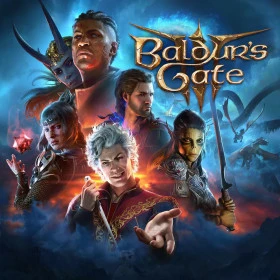
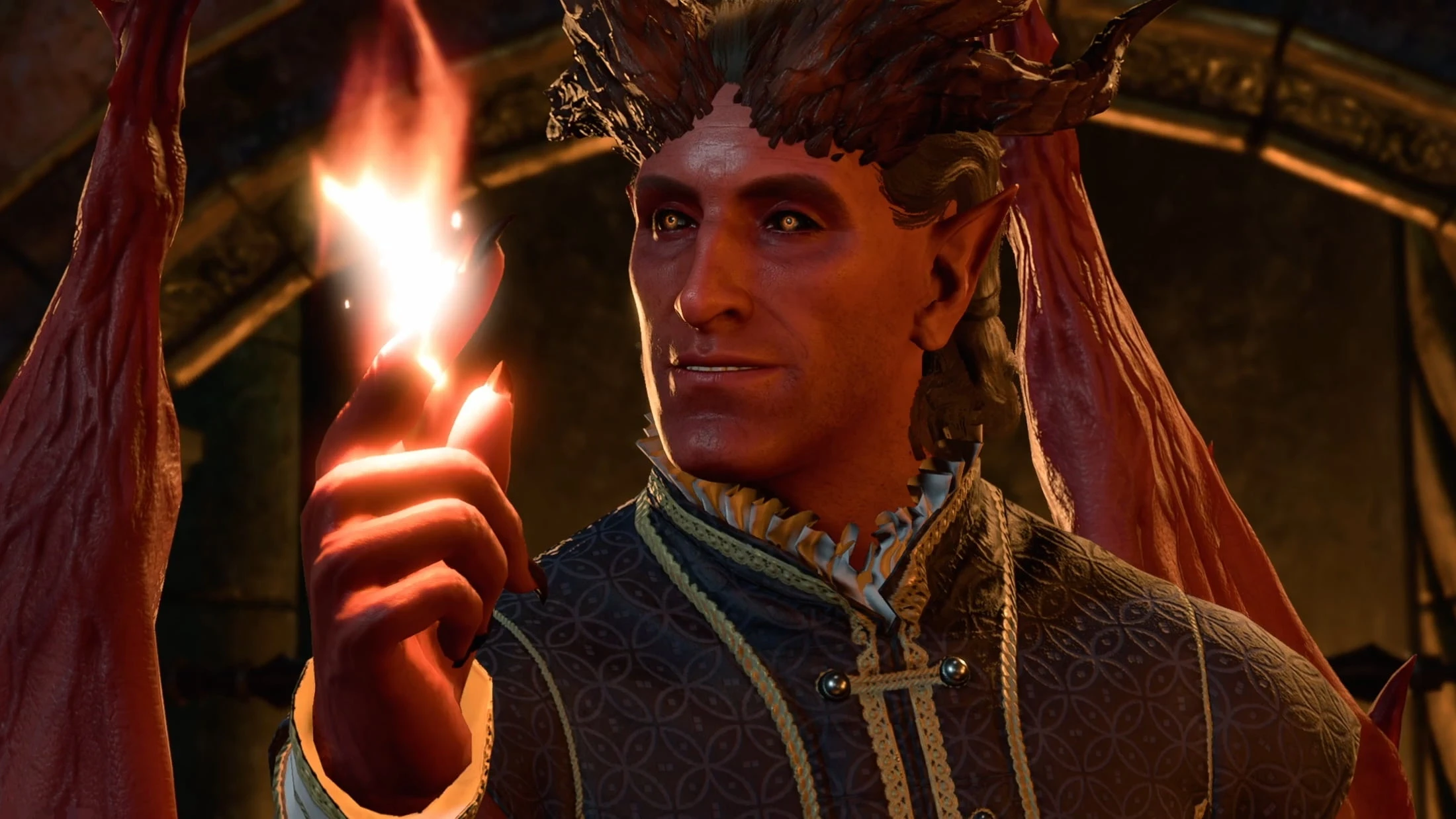
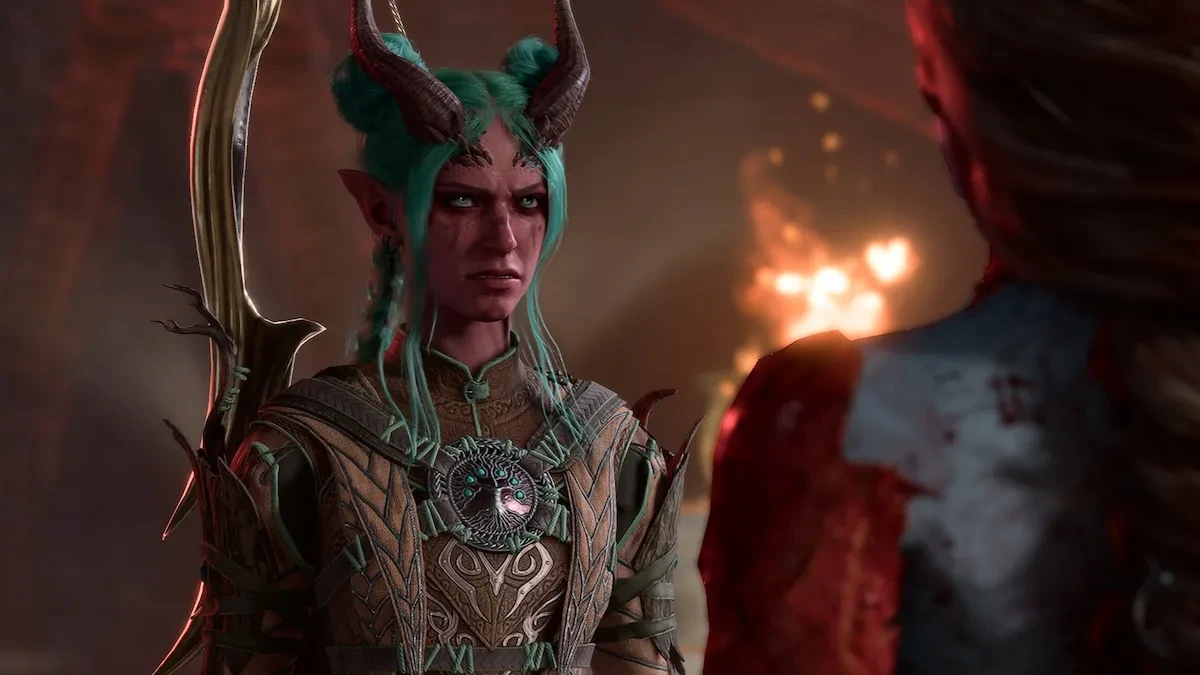

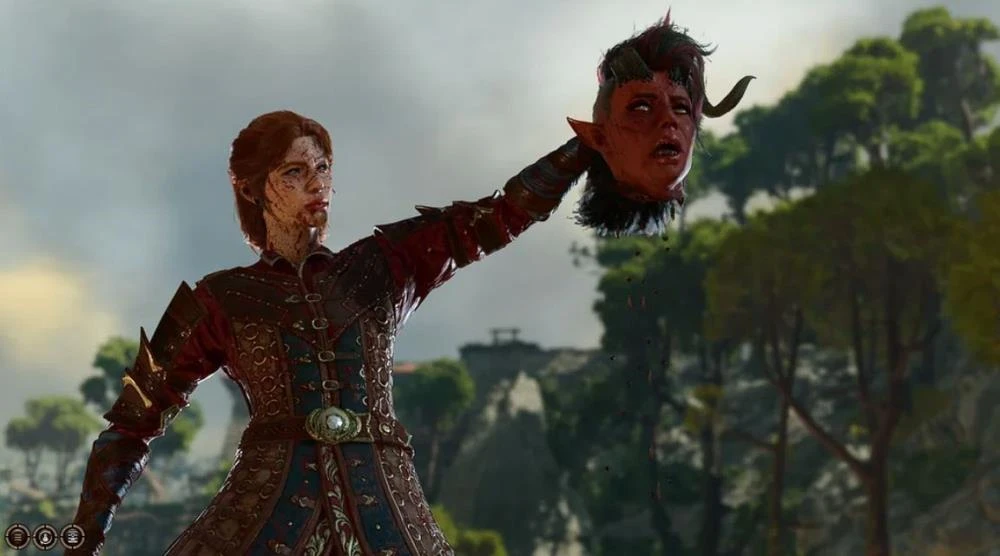

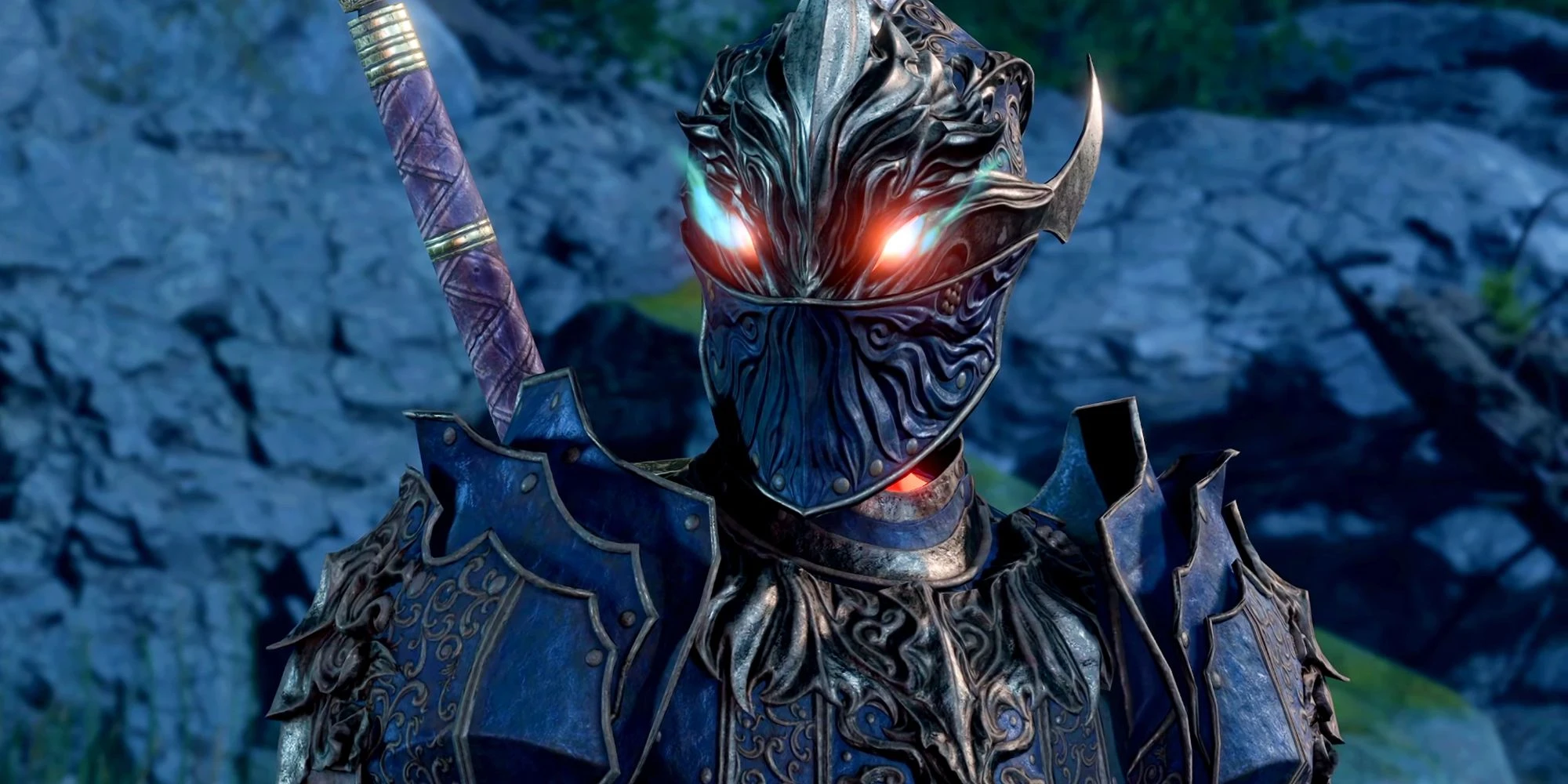
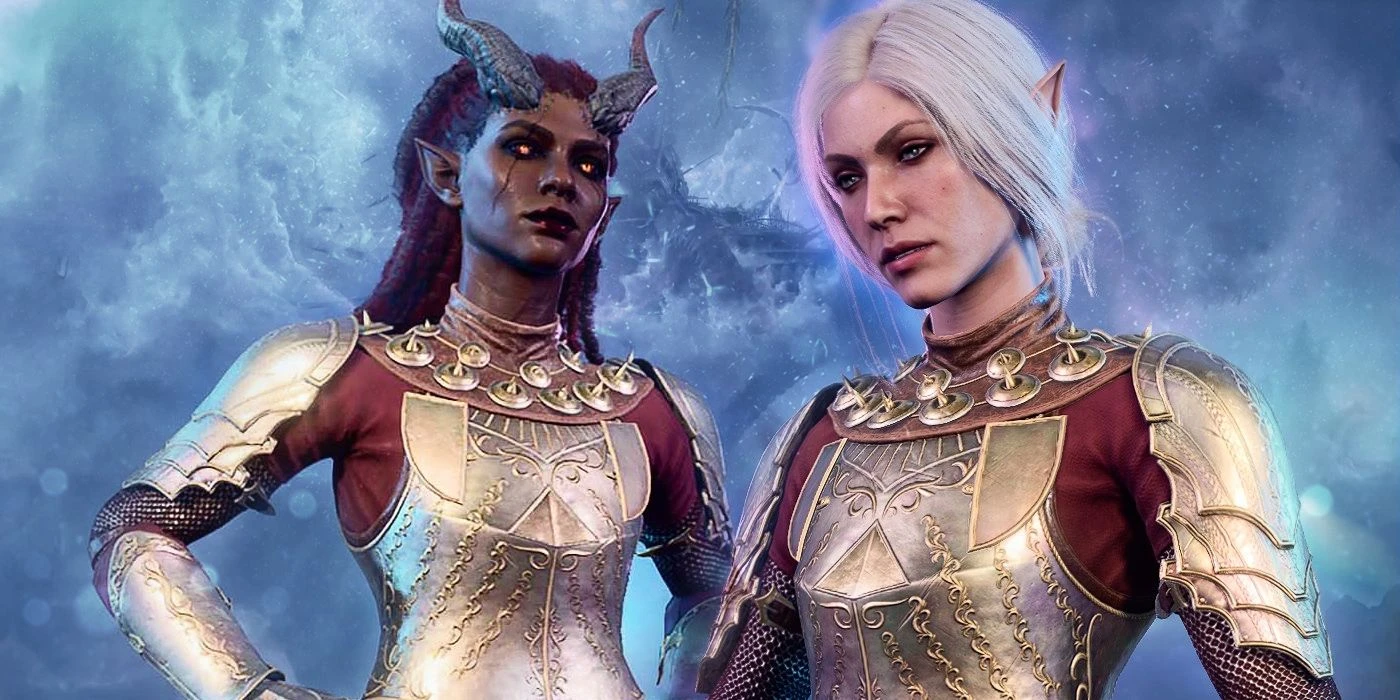
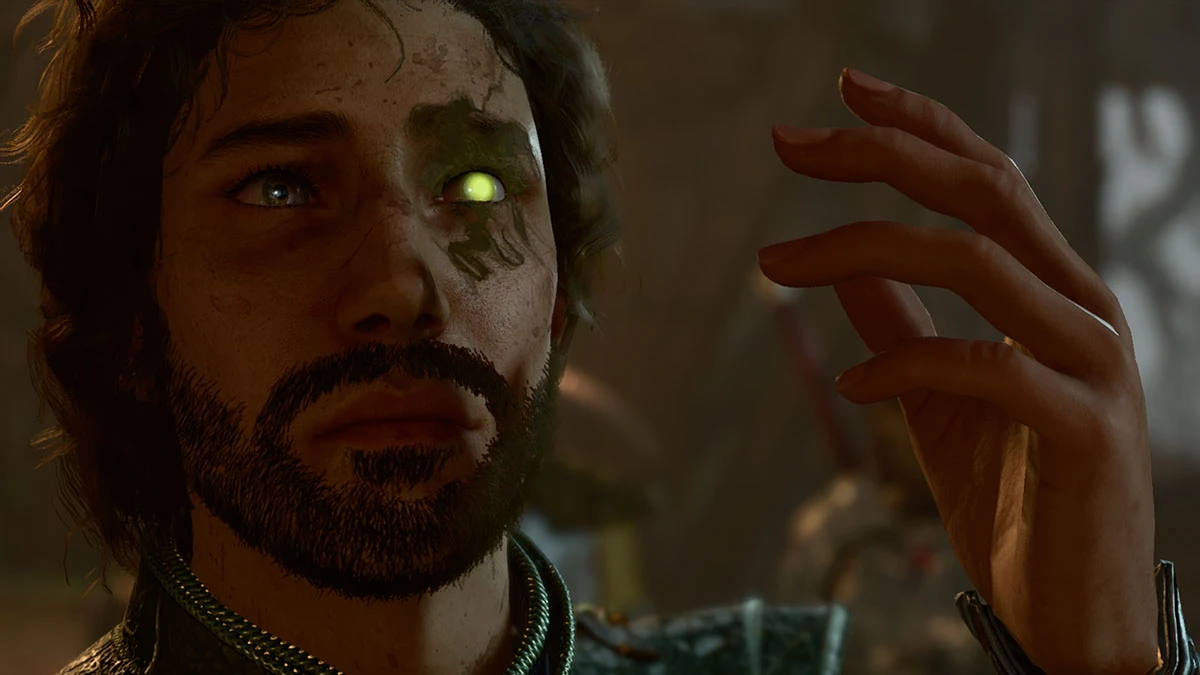



Comments